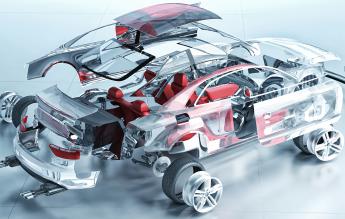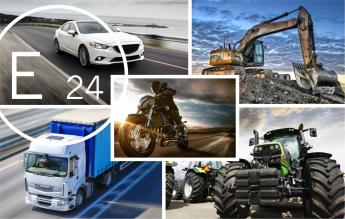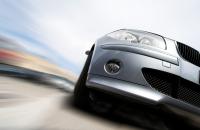
On November 10, 2022, the European Commission presented its proposals for the Euro 7/VII standard to regulate emissions from cars, vans, trucks, and buses.
This standard will replace the currently applicable Euro 6/VI standard.
Following its approval, the Euro 7 standard will be applicable from July 1, 2025 for light vehicles, and from July 1, 2027 for heavy vehicles.
The Euro 7 standard is more demanding in terms of thresholds for already regulated pollutants, takes into account pollutants that were not previously concerned (including those from brakes and tires), adds additional real driving conditions to measurement tests, frames the durability of batteries for electrified vehicles, and provides for real-time monitoring of emission-related data by EU countries' authorities.
Until now, pollutant gas emissions were evaluated in the laboratory, according to the WLTC cycle for Euro 6d homologation (and NEDC previously). From now on, they will be measured during RDE tests in real driving conditions.
Only CO2 emissions will still be assessed during the WLTC cycle in the laboratory (CO2 is not considered a pollutant gas per se, but a greenhouse gas), in order to obtain a repeatable value. Indeed, this value is the basis for calculating carbon dioxide emissions for all vehicles sold in Europe. The limits will also be uniform, whereas the Euro 6d standard could differentiate between a diesel engine, a direct injection gasoline engine, or an indirect injection gasoline engine. The Euro 7 standard retains the same limits as the Euro 6d standard, with the strictest limit being chosen.
The following additional measures must be applied under the Euro 7 standards:
The measurement of pollutant emissions will still be evaluated on the standardized driving cycle WLTC. This cycle does not undergo any changes, whether in the speed and acceleration profile or the limit conditions (temperature, etc.).
The RDE tests will undergo a significant overhaul and will no longer be as tightly controlled as before, with the aim of making these tests more representative.
Only the most extreme driving situations will not be taken into account (these scenarios rarely occur or affect few drivers).
In addition, emissions will be measured from the start of the engine, with the engine being cold. For Euro 6d, pollutant emission measurement began when the coolant reached a temperature of 70°C or, at the latest, 5 minutes after starting the engine. Finally, while the RDE tests were strictly regulated under the Euro 6 standards, with, among other things, an acceleration level not to be exceeded and quotas for urban and highway portions to be met to validate the test campaign, the Euro 7 RDE tests will be much less regulated and the vehicle will be likely to be driven under much more random conditions. Nevertheless, it must still meet the Euro 7 emission criteria.
RDE tests include 2 types of conditions: normal or extended
Normal conditions are representative of the average driving conditions observed in Europe, while extended driving conditions cover a much wider range of situations (especially in terms of temperature and altitude), intended to represent a very large majority of driving conditions encountered in Europe.
When the vehicle is in one of the situations corresponding to the extended RDE conditions, the measured emissions must be divided by a factor of 1.6.
In addition to exhaust particle emissions, the European Commission intends to regulate 2 other types of emissions:
Regarding particles emitted during braking, the European Commission plans an emission limit of 7 mg/km until 2035 and a tightening to 3 mg/km after 2035. The test conditions for evaluating this criterion have yet to be defined.
RDE tests include 2 types of conditions: normal or extended
Normal conditions are representative of the average driving conditions observed in Europe, while extended driving conditions cover a much wider range of situations (especially in terms of temperature and altitude), intended to represent a very large majority of driving conditions encountered in Europe.
When the vehicle is in one of the situations corresponding to the extended RDE conditions, the measured emissions must be divided by a factor of 1.6.
In addition to exhaust particle emissions, the European Commission intends to regulate 2 other types of emissions:
Regarding particles emitted during braking, the European Commission plans an emission limit of 7 mg/km until 2035 and a tightening to 3 mg/km after 2035. The test conditions for evaluating this criterion have yet to be defined.
The Euro 7 standard plans to introduce a durability criterion for batteries in pure electric vehicles (BEV - Battery Electric Vehicle) and plug-in hybrid electric vehicles (PHEV - Plug-in Hybrid Electric Vehicle):
Furthermore, manufacturers will need to provide a dashboard indicator to display the battery's health status.
The GTR No.22 (United Nations Global Technical Regulation on the durability of electrified vehicle batteries) is working on the durability of electrified vehicle batteries.













Emitech Group - Legal information